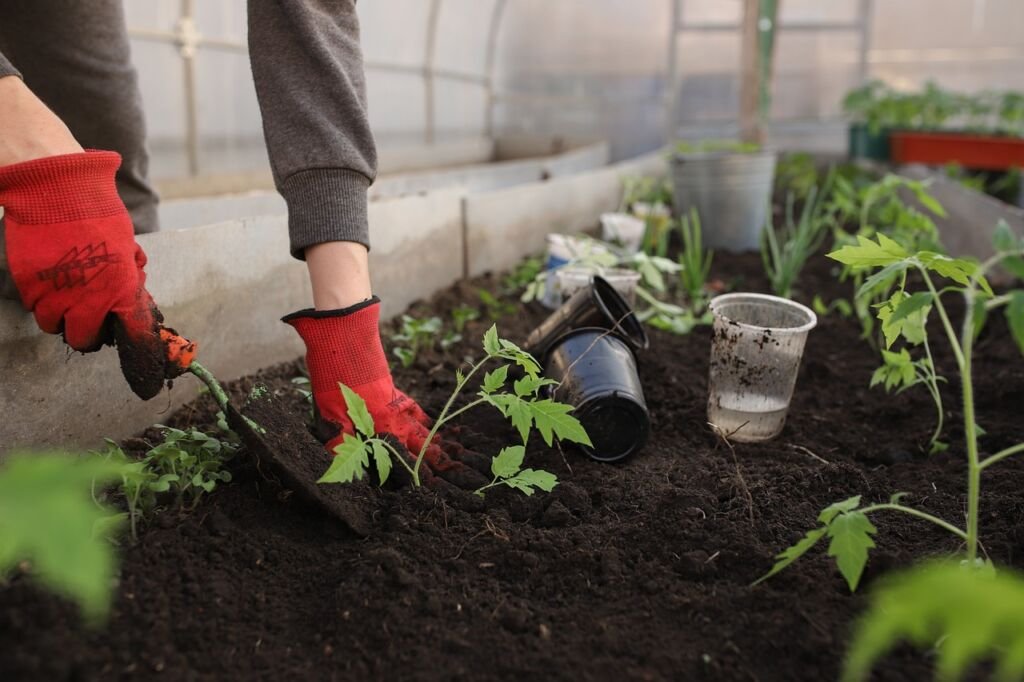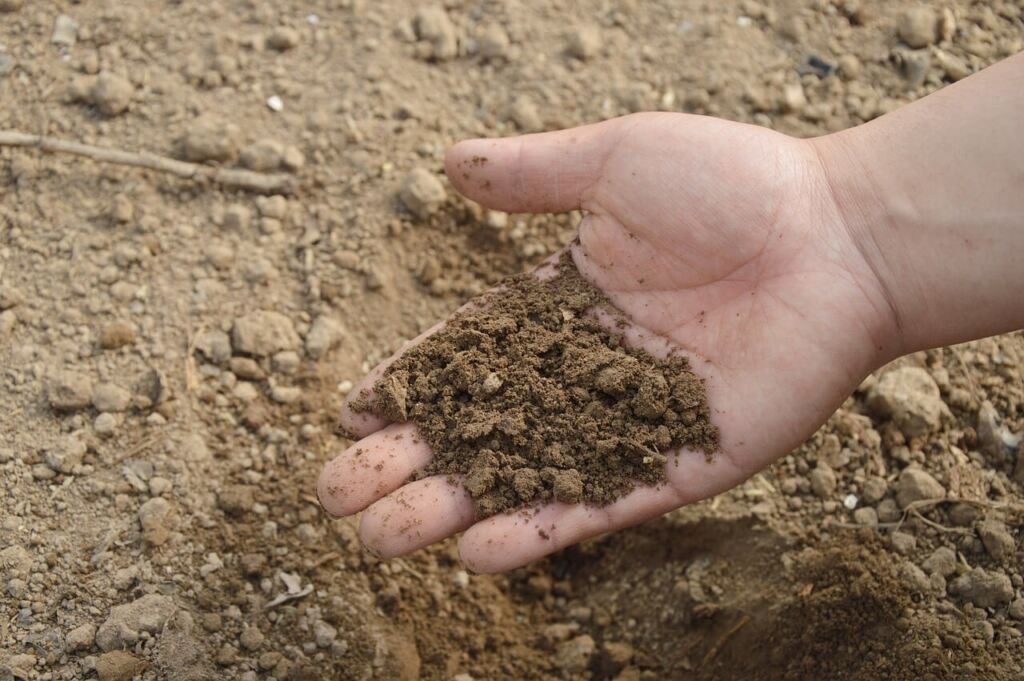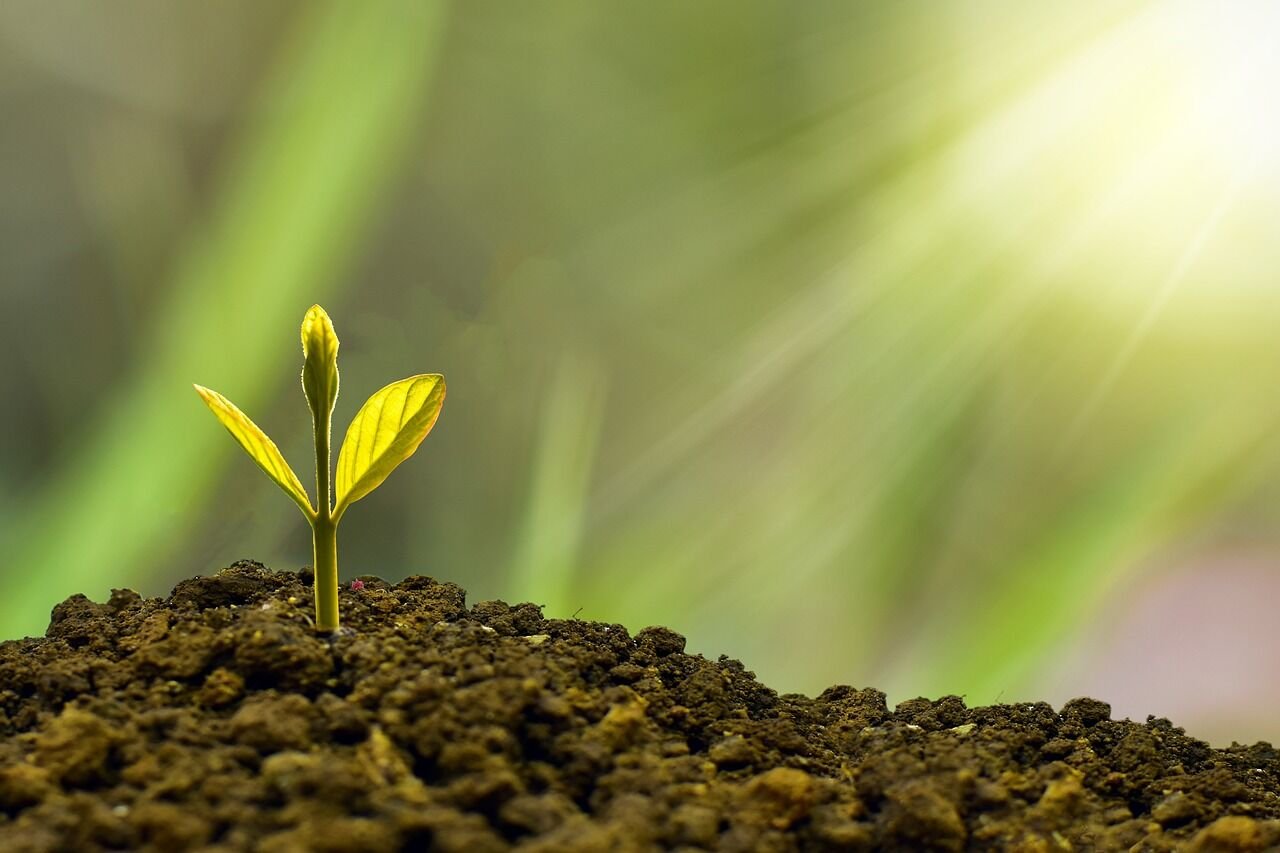Spending time in nature is a great way to unwind and connect with the natural world. And if you’re interested in learning more about the plants and trees around you, identifying them can be a fun and educational activity. In this blog post, we’ll explore some tips and tools for identifying plants and trees in your local environment.
1. Start with the basics

Before you start identifying specific plants or trees, it’s important to familiarize yourself with the basics. Learn the differences between types of leaves, such as simple and compound leaves, and the different shapes of trees, such as conical and oval. Once you have a basic understanding of plant and tree features, you’ll be better equipped to identify specific species.
2. Use field guides and apps
Field guides and apps can be incredibly helpful for identifying plants and trees. Field guides are books that contain pictures and descriptions of different species, while apps use image recognition technology to help identify plants and trees. Some popular apps for plant identification include iNaturalist and PlantSnap.
3. Observe the environment

When trying to identify a plant or tree, take note of its environment. Is it growing in the shade or full sun? Is it near a water source or in a dry area? Understanding a plant or tree’s environment can help narrow down the possibilities and make identification easier.
4. Take note of the details
When identifying a plant or tree, take note of the details. Look at the shape of the leaves, the texture of the bark, and the color of the flowers or fruits. All of these details can help you identify the species.
5. Ask for help

If you’re having trouble identifying a plant or tree, don’t be afraid to ask for help. Local garden centers, parks, and botanical gardens can be great resources for identifying plants and trees in your area. You can also connect with local nature enthusiasts or gardening groups to ask for help.
Conclusion:
Identifying plants and trees in your local environment can be a fun and educational activity. With the right tools and a basic understanding of plant and tree features, you can become an expert in no time. Remember to always be respectful of the environment and only collect or disturb plants or trees with permission. With these tips and tools, you can explore the natural world and learn more about the plants and trees around you.
